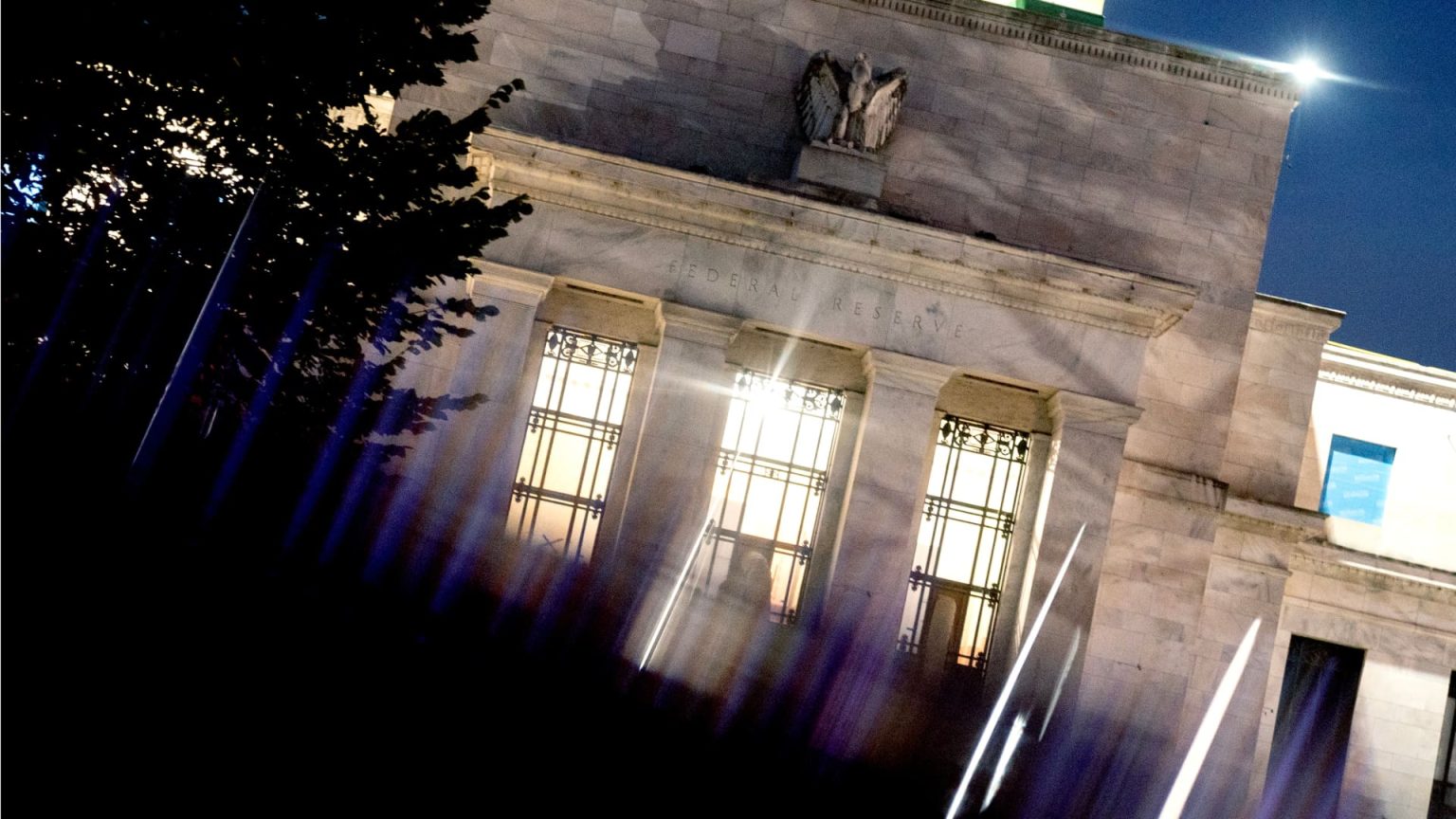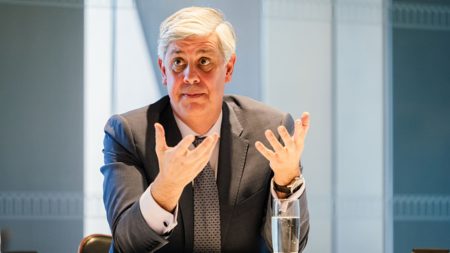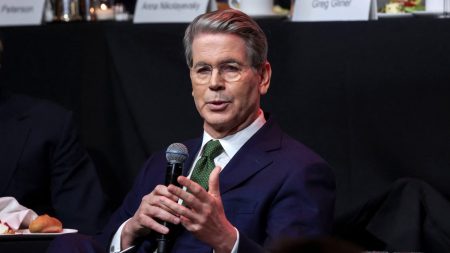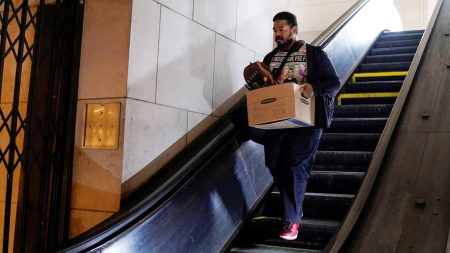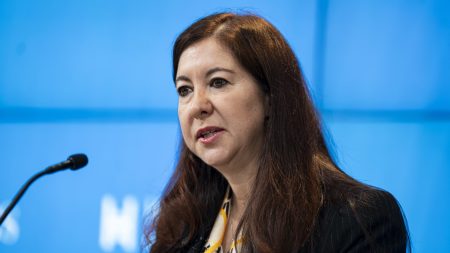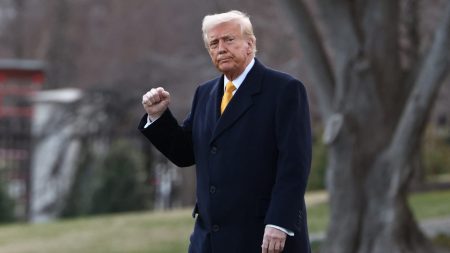The Tariff Tug-of-War: How Trade Policy Is Testing the Federal Reserve’s Balance
A Delicate Balancing Act for the Federal Reserve
The Federal Reserve finds itself in a tricky predicament as the U.S. government’s tariffs on imported goods create a complex interplay between inflation and economic growth. With President Donald Trump using tariffs as a tool for both foreign and economic policy, the central bank is tasked with walking a fine line. Economists warn that these tariffs could both raise consumer prices and slow down economic growth, leaving the Fed uncertain about whether to prioritize taming inflation or stimulating growth. Kathy Jones, chief fixed income strategist at Charles Schwab, notes that the combination of higher prices and slower growth puts the Fed in a challenging position. "You put that combination together, and it puts the Fed in a real bind," she said.
The Evolving Trade Dispute: A Hurricane of Uncertainty
The trade tensions involving the U.S., China, Canada, and Mexico have created a storm of unpredictability. While threatened tariffs against Canada and Mexico have been delayed as negotiations continue, the situation with China has escalated into a series of retaliatory measures, leaving financial markets on high alert. These developments have introduced significant uncertainty into the economic landscape, making it difficult for the Fed to anticipate the full impact of the tariffs. The timing and scope of these trade policies are still evolving, and economists are closely watching how they might influence inflation, growth, and ultimately, monetary policy.
Looking Back: The Historical Context of Tariffs and Their Impact
While economists generally agree that tariffs can lead to higher prices, history shows that the relationship between tariffs, inflation, and growth is far from straightforward. For instance, the Smoot-Hawley tariffs of 1930, enacted during the Great Depression, had a deflationary effect rather than an inflationary one, as they deepened economic hardship. More recently, during Trump’s first term, tariffs were introduced at a time of low inflation, and while they contributed to a manufacturing recession in 2019, the broader economy remained relatively resilient. This time, however, the situation is different. The president has shifted from targeted tariffs to the threat of broader, blanket duties, which could have more far-reaching consequences for both inflation and growth.
The Economic Impact: A Double-Edged Sword
Schwab estimates that full implementation of the proposed tariffs could shave off 1.2% from U.S. GDP growth while boosting core inflation by 0.7%, potentially pushing it above 3% in the coming months. Jones explained that broader tariffs have a dual impact, increasing prices in the short term while slowing growth over time. This creates a dilemma for the Fed: should it keep interest rates steady to support growth, or raise them to combat inflation? The answer may depend on how the tariffs ultimately play out. If the tariffs lead to significant price hikes but also weaken the economy, the Fed could find itself pivoting from holding rates steady to cutting them later this year or in 2024 to stimulate growth.
The Federal Reserve’s Stance: Patience in the Face of Uncertainty
For now, the Fed appears to be taking a wait-and-see approach. Many economists predict that the central bank will keep interest rates unchanged for the next several months as it assesses the real-world effects of the tariffs and monitors the impact of the four interest rate cuts enacted in late 2024. Eric Winograd, director of developed market research at AllianceBernstein, believes the Fed is comfortably on hold, as the uncertainty surrounding the tariffs makes it difficult to justify immediate action. "They’re very comfortably on hold right now, and the back and forth on tariffs won’t impact that, especially since we don’t even know what they’re going to look like," he said.
Markets and the Fed: Navigating the Uncertainty Together
Despite the uncertainty, financial markets are pricing in the possibility of further interest rate cuts, with some expecting a reduction as early as June and another later in the year. However, Winograd and other experts caution that the Fed’s reaction to the tariffs will depend on whether they trigger a full-blown trade war or fundamentally alter supply and demand dynamics. Boston Fed President Susan Collins emphasized the importance of patience, stating that there is no urgency for additional policy adjustments at this time. As the trade dispute continues to unfold, both the Fed and financial markets will remain vigilant, closely monitoring the interplay between tariffs, inflation, and growth. For now, the Fed’s stance is clear: it will stay patient, careful, and prepared to act if the economic landscape shifts in unexpected ways.


